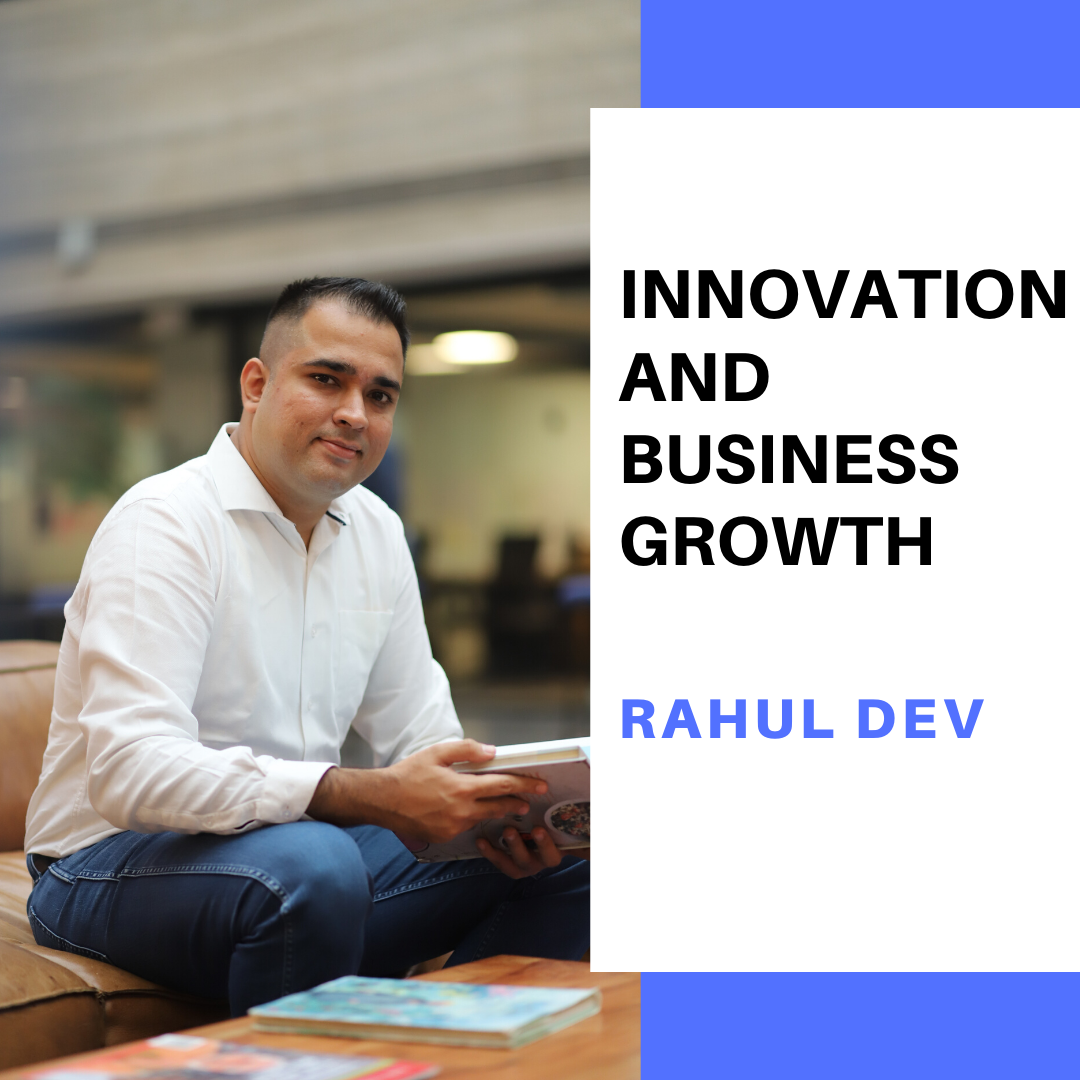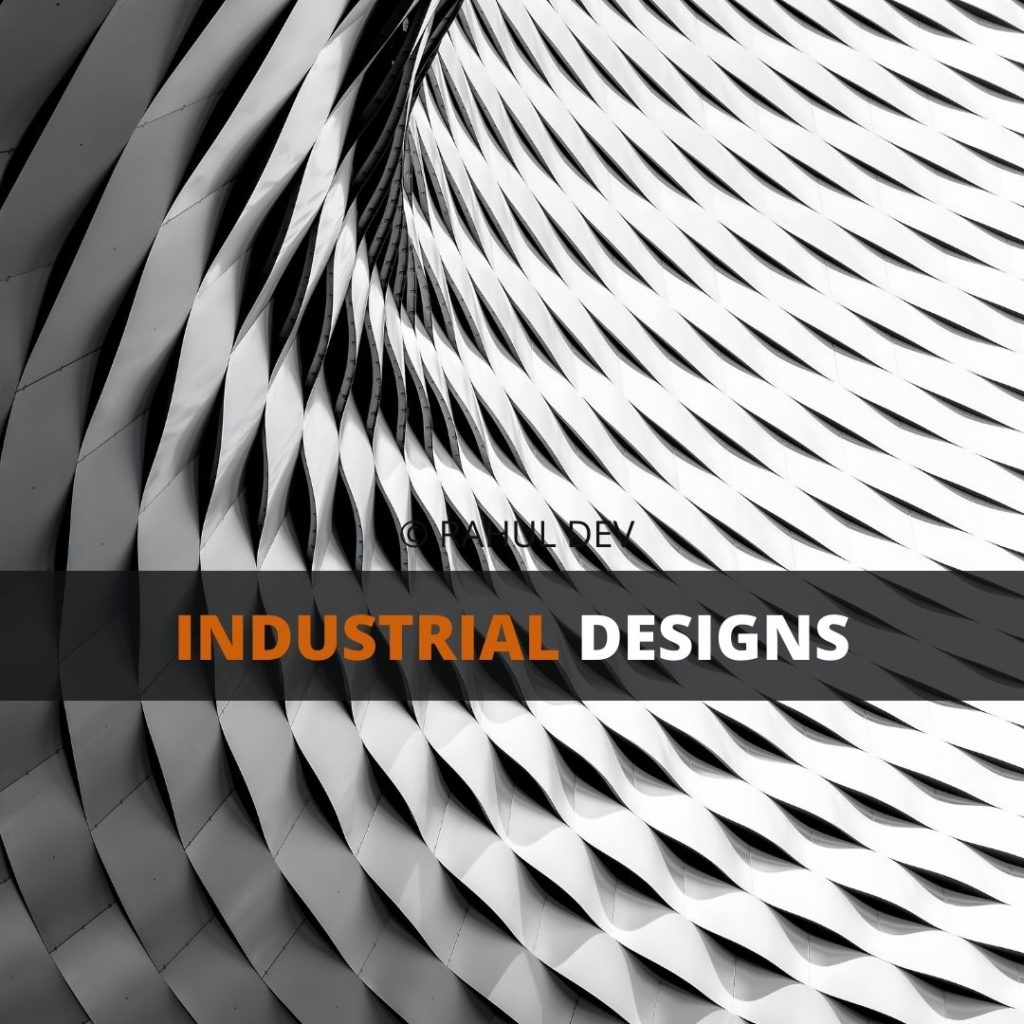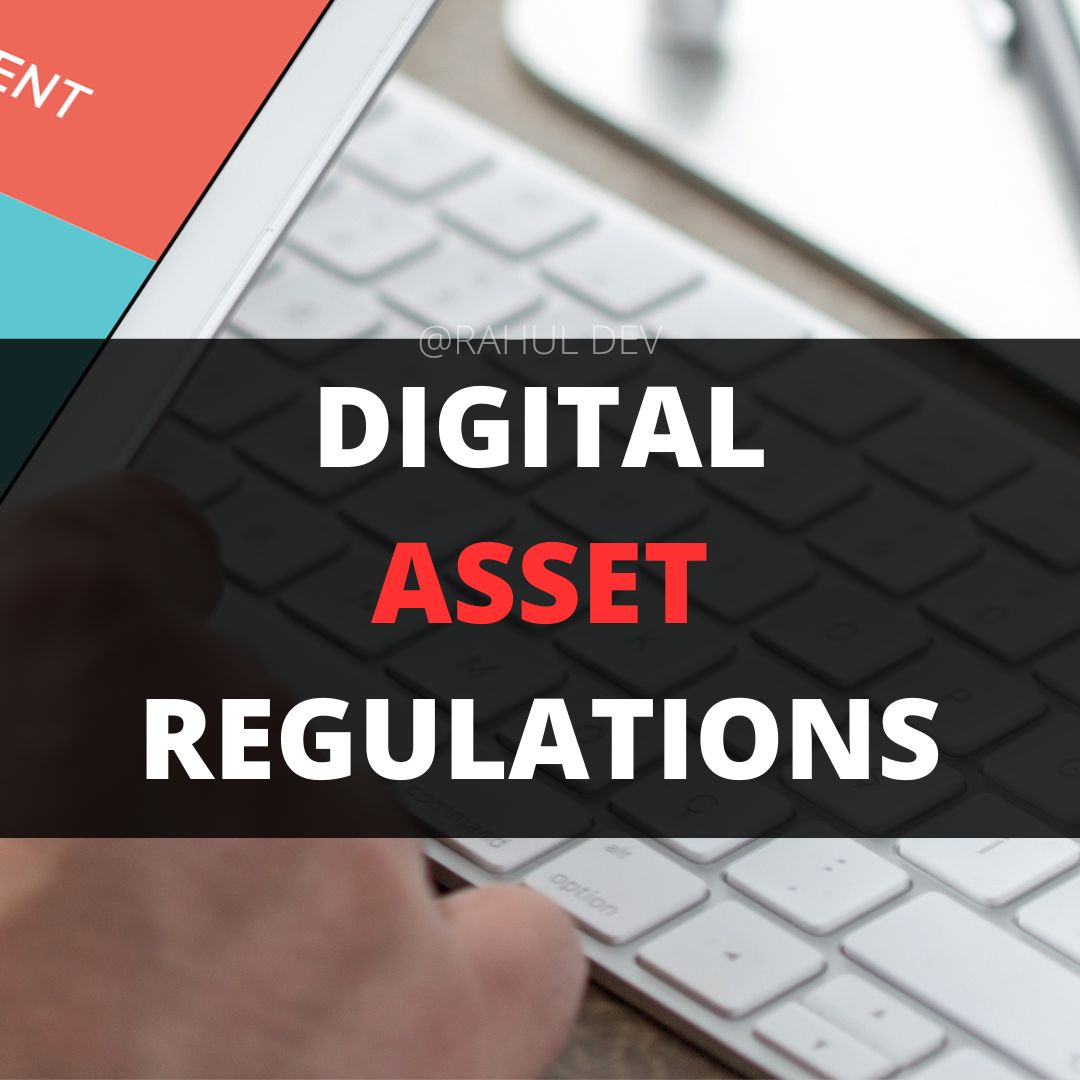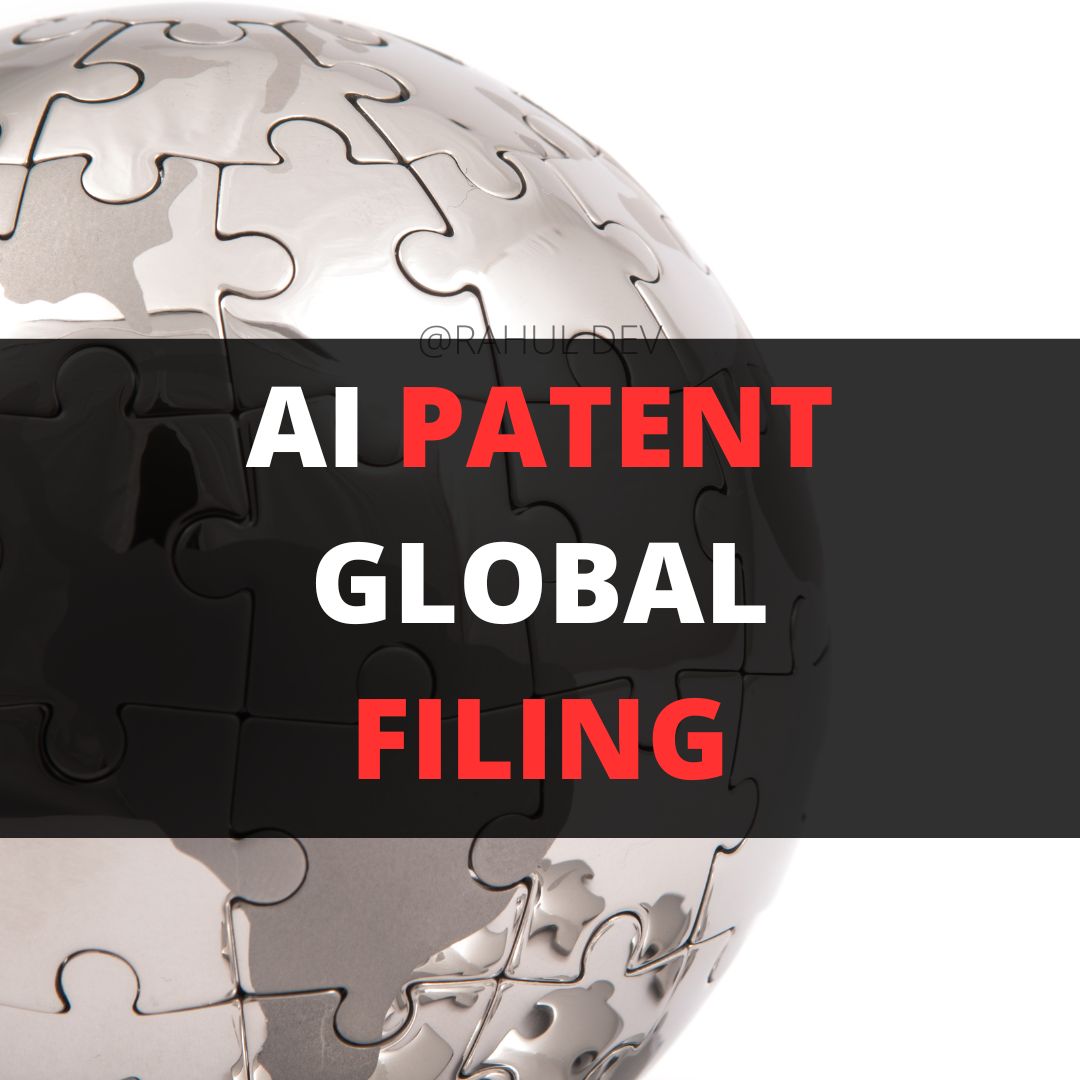The term ‘design’ is defined under Section 2(d) of the Designs Act 2001; as strictly the characteristics of a structure; form, composition, configuration, decoration, lines, or colors.
that are assigned to any commodity that is 2-D, 3-D, or both by an industrial procedure or any other method; whether automatic, manual or chemical, segregated or incorporated, which in the complete commodity are assessed exclusively by the eye, but is not taken into account upon the doctrine of construction or anything which is in the material a simple mechanical instrument.
A structure, form, composition, configuration, decoration, lines, or colors; assigned to any commodity can be registered under the Design Act, 2000. But for a design to get registered, the design must be new and original.
Such design should pertain to the structure, configuration, pattern, or ornament assigned to a commodity. Finally, it must be assigned to any commodity by an industrial procedure.
Further, the design must be apparent and appear on the commodity. Once the design applied fulfils these requirements under the Design Act; the proprietor of a registered design can pursue a legal remedy in case of infringement.
Design Registration Requirements
An application for registration of a new design is made through Form 1 u/s 5 and 44 of the Act. Once filed; it is accompanied with a Power of Attorney. Applicant ratifies such Power of Attorney . Here the applicant is one; in whose name the application is being filed.
Additionally, in the Form, the applicant or its representative must provide the necessary data. The form should include; the Applicant’s name and address, their type of legal entity, whether a company, partnership, corporation, or individual, and their state of incorporation or citizenship.
The Form is also submitted with accompanying Photographs and Drawings of the commodity from seven positions; the front, back, top plan, lowest plan, left and right side height, and isometric.
These are submitted with six copies of each perspective. Lastly, the form also includes the name of the commodity to be registered under the Act; such as a vacuum jar, table, etc.
If the request in the Form is founded on a priority application; data concerning that priority application i.e. country, application number, and filing date must also be provided.







